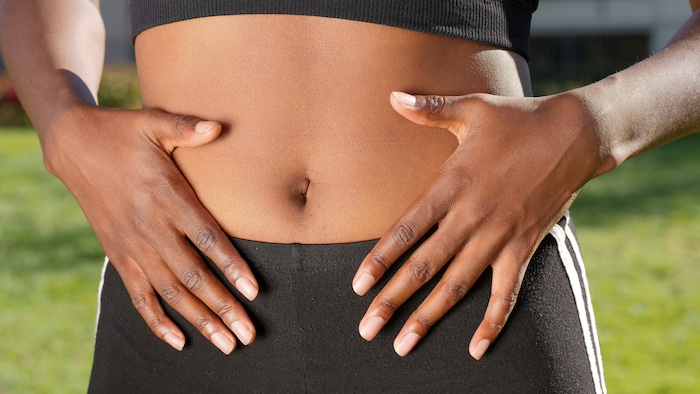
Overview
The sports hernia has garnered a lot of attention recently. Many high-profile athletes have been diagnosed with a sports hernia, and yet it’s hard to remember anyone having this diagnosis ten years ago. So, what is a sports hernia?
A sports hernia is somewhat mislabeled, as there is no real hernia (or bulge through muscle tissue). Some doctors call a sports hernia “athletic pubalgia,” which refers to pain in the pubis (front pelvic) bone caused by athletics. There is no single consensus among doctors as to what causes a sports hernia. However, there seems to be general agreement that sports hernias result from overuse. With the year-round conditioning that athletes do today, this may account for why it is an increasingly common injury.
An imbalance of the strength of the muscles that attach to the pubis (front pelvic bone) is a leading theory. The groin muscles in the leg attach to the pubis in a location similar to where the muscles of the abdomen attach.
With year-round conditioning, the lower extremity muscles may be preferentially strengthened compared to the abdomen, and an imbalance can thus occur. Given that the forces across the pelvis are extremely high, this imbalance can result in the tearing of muscle fibers in the groin and abdomen.
Symptoms/Diagnosis
The pain from a sports hernia usually begins slowly, is one-sided, and increases gradually with continued activity. Sports that require frequent bending, twisting, and turning at speed - such as hockey, soccer, rugby, football, and field hockey - can lead to the problem. Patients will report pain in the lower abdomen and groin that is worsened by sudden twisting or turning. Many will even describe a tearing sensation.
Diagnosing a sports hernia is challenging, as it can often be difficult to distinguish from other causes of groin pain. X-rays and other imaging techniques are generally used to make the diagnosis.
Treatment
Treatment generally begins with rest. Continued activity makes it difficult for a sports hernia to heal, which is why so many in-season athletes seem to have had the diagnosis for a long time. The rest can vary from a few weeks to a few months. Anti-inflammatory medication prescribed by a doctor can also be helpful during this time.
Surgery is used if rest and conservative treatment fail. Several surgeries are suggested for a sports hernia. Most rely on reinforcing the abdominal muscles, similar to the surgery for a conventional hernia. In addition, restoring the balance of muscles across the pelvis can also be helpful; this is accomplished by releasing some of the muscles in the groin from where they attach to the pelvis.
Most of the procedures described for a sports hernia are reported to be at least 80% successful in returning athletes to sport. The fact that there are several different procedures described for treating a sports hernia further demonstrates the lack of consensus among doctors. Most doctors would agree, however, that surgery should be considered a last resort.
Precision Pain Care and Rehabilitation has two convenient locations in Richmond Hill – Queens, and New Hyde Park – Long Island. Call the Queens office at (718) 215-1888 or (516) 419-4480 for the Long Island office to arrange an appointment with our Interventional Pain Management Specialists, Dr. Jeffrey Chacko or Dr. Sonny Ahluwalia.















